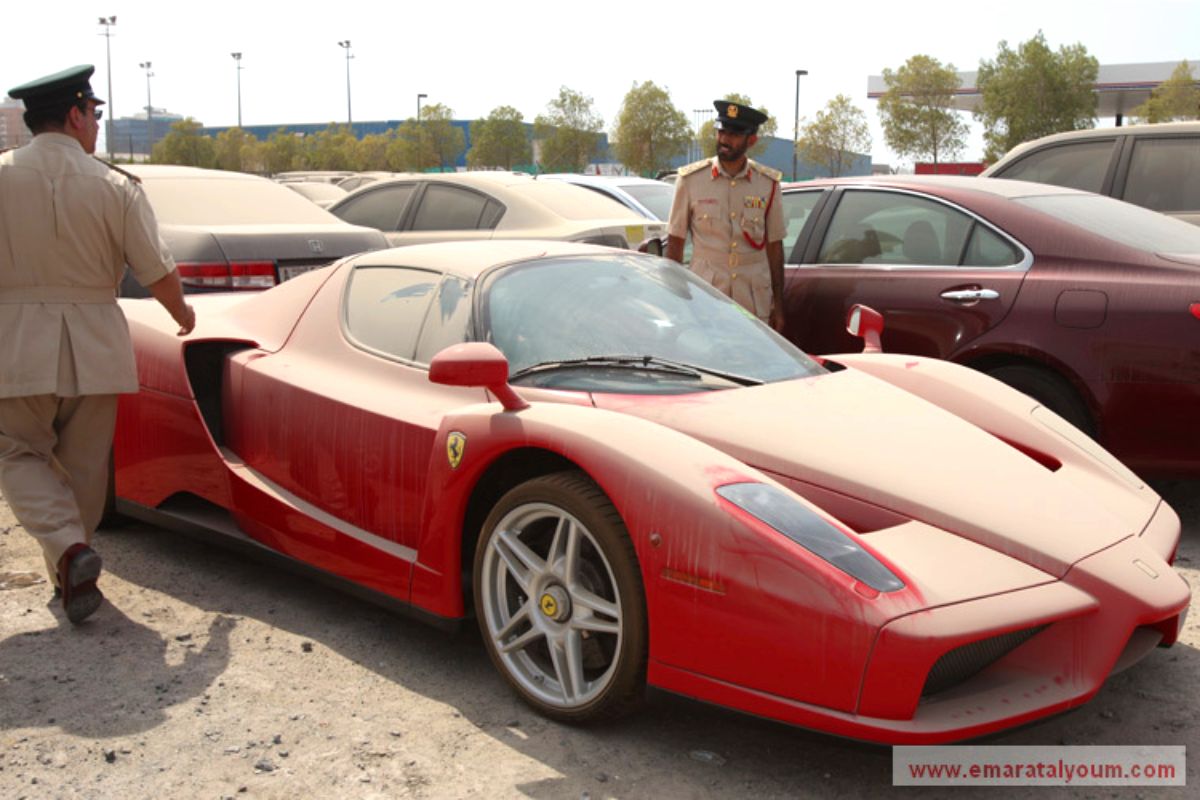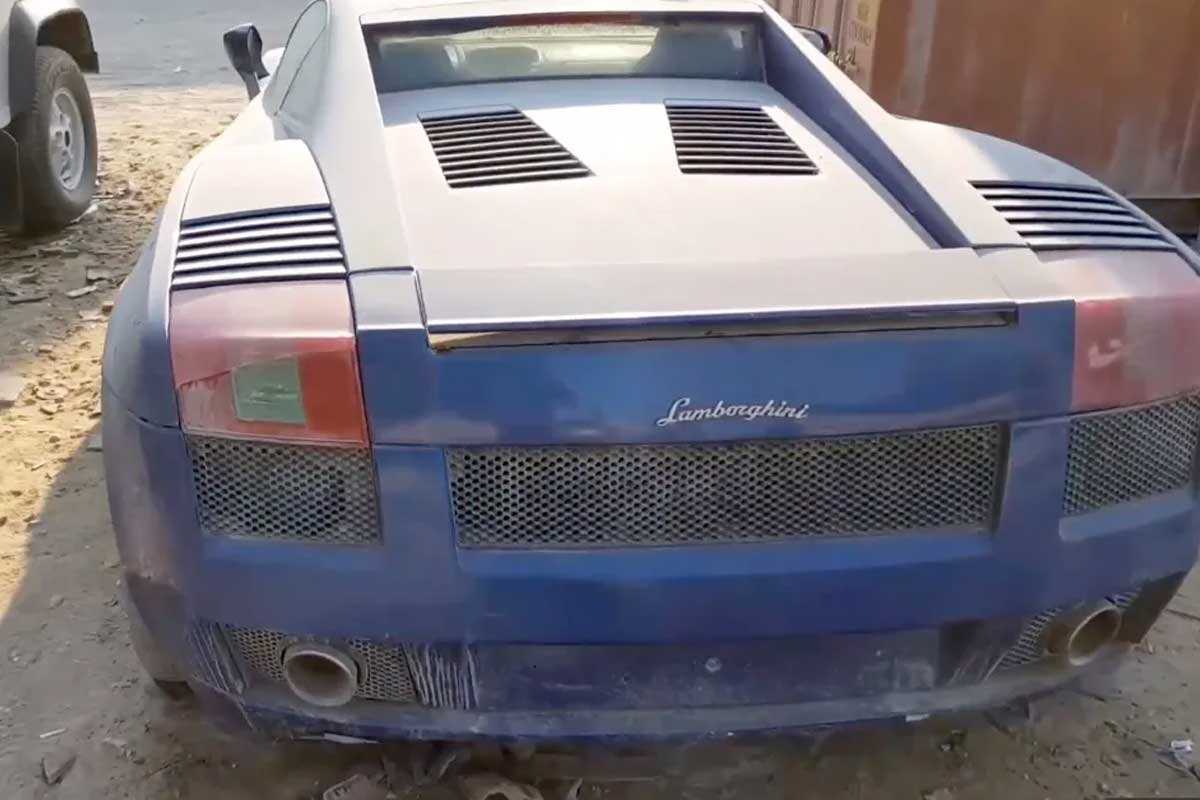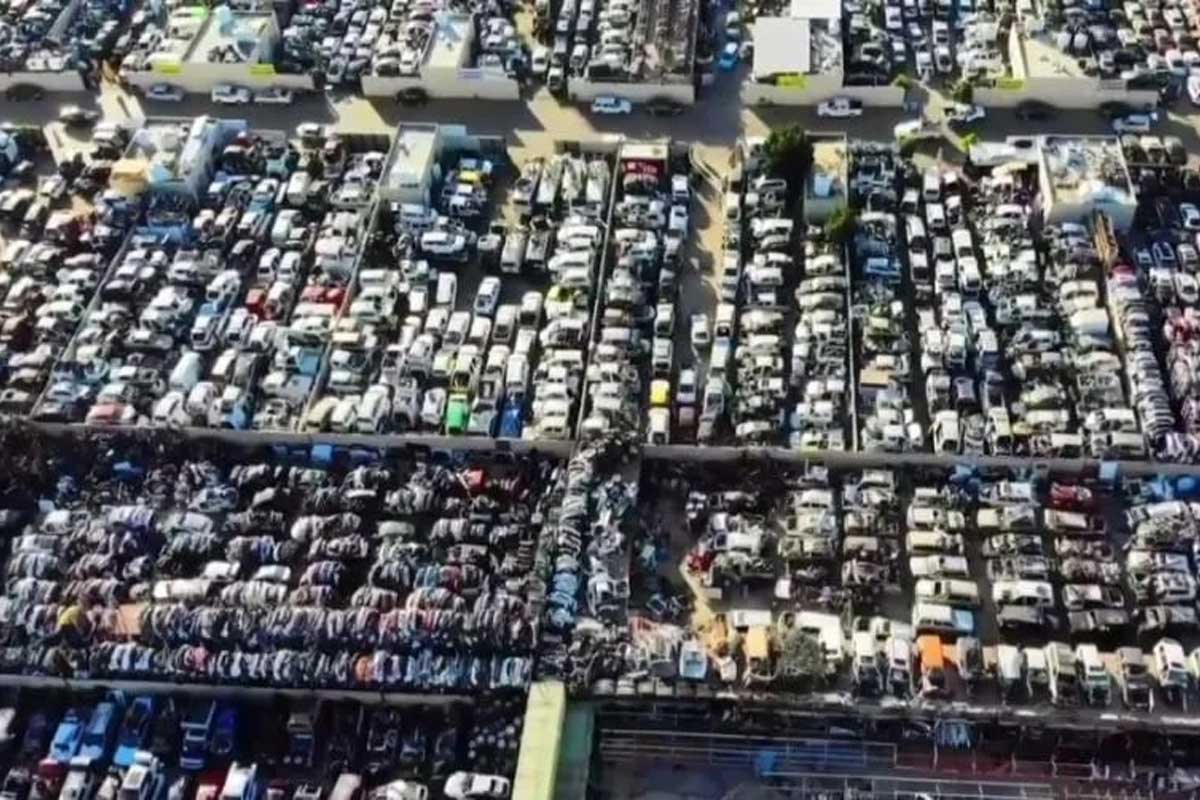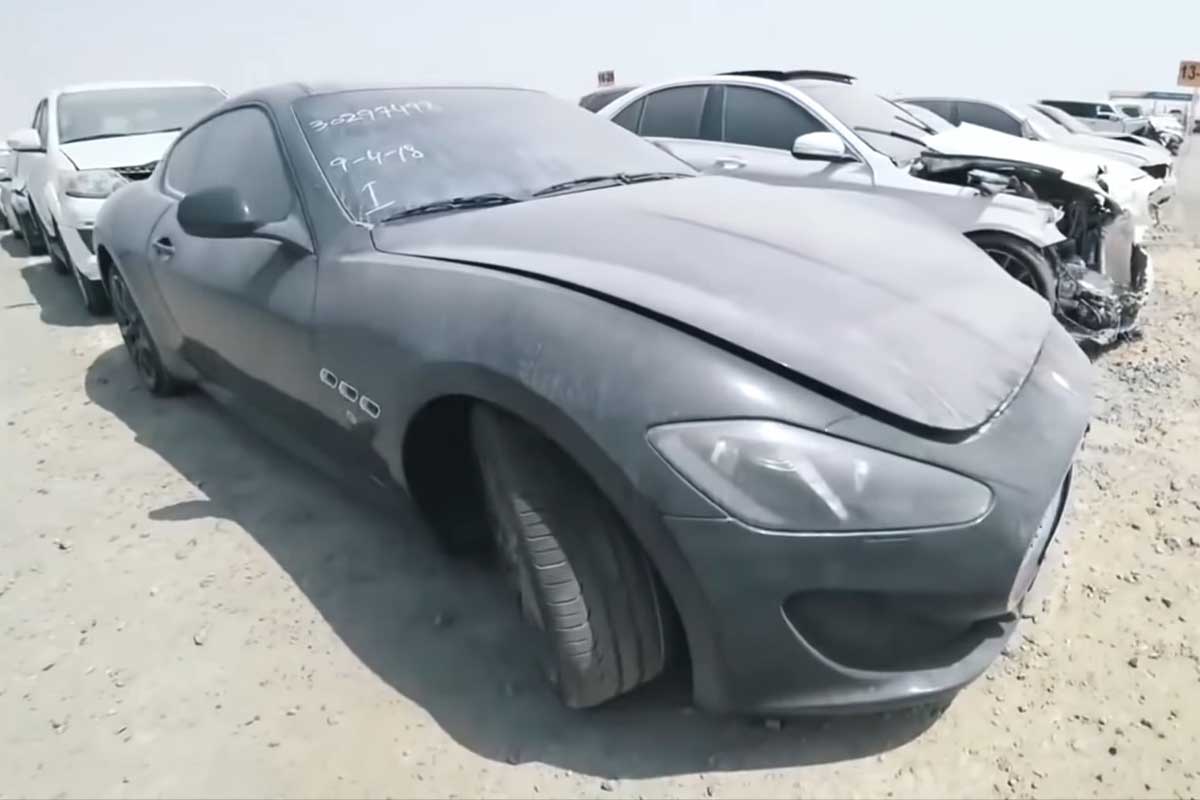
You may remember this Ferrari Enzo, estimated at over 4 million euros, found covered in sand in a Dubai airport parking lot. Its red body tarnished by the sun, its deflated tires, and its story that went viral on the internet. Well, this supercar was not an isolated case. In the emirate of luxury and excess, thousands of cars, some of them extremely rare hypercars, are abandoned every year.
According to a recent report by Dubai Municipality, 1,387 vehicles were impounded in the first half of 2025, and over 6,000 warnings were issued to their owners. Behind these impressive figures lies a phenomenon well known locally: that of abandoned supercars, relics of ephemeral wealth and an illusion of success.
Ferraris, Lamborghinis... and lost dreams
On Dubai's glittering roads, it's not unusual to come across a Lamborghini Aventador. But in some public parking lots or sandy areas, these same cars lie in the open, covered in dust and forgotten by all.

In industrial areas or near the airport, one can discover veritable car graveyards: up to 3,000 abandoned vehicles every year, according to estimates. Among them, Bugatti Veyrons, Ferrari 458 Italia, McLarens and even an Enzo appear in local police records.
Why are so many cars being abandoned?
The main reason lies in the Emirates' way of life and legislation. In Dubai, 88 % of the population are expatriates. Many take advantage of easy credit to buy the car of their dreams. But when a financial crisis, job loss or unpaid debts arise, some prefer to flee the country rather than risk prison. Because in the past, bouncing a check or taking out an unpaid loan was a criminal offense. The result: luxury cars are left in parking lots, often with the keys in the ignition.

Already during the 2008 crisis, a Dubai-based automotive journalist explained that many expatriates practiced "dump and run": they left their homes overnight, leaving their cars and debts behind, before taking a one-way flight.
The protocol: from inspection to impoundment
Today, the Dubai municipality actively monitors these abandoned vehicles to preserve the city's image and cleanliness. As soon as a car looks neglected - flat tires, dirty bodywork, missing plates - the municipal teams record the details in their computer system and send an SMS warning to the owner.
He then has 3 to 15 days to recover his vehicle, depending on its location. After this period, the car is removed and transferred to the Al Awir impound lot, managed by Emirates Parking. If the owner does not come forward within six months, the car is auctioned off.

Sales of these abandoned cars attract curious onlookers and investors from all over the world. These auctions, often by invitation, offer the chance to acquire prestigious models at derisory prices. But beware: a deposit of 20 % of the bid amount is required, and unpaid repairs or fines from the previous owner can add to the bill.
A policy of cleanliness and responsibility
For the authorities, these campaigns are not just a question of image. As Saeed Abdul Rahim Safar, Director of the Waste Management Operations Department, reminds us:
"Dealing with abandoned vehicles is one of our priorities to maintain Dubai's urban environment and attractiveness."
The municipality is counting on residents' awareness to limit these situations. It encourages owners to maintain their cars regularly, use protective covers and avoid parking in sandy areas where vehicles deteriorate rapidly.

At the end of the day, it's all about sheet metal, glass and tires...
Damn, it's not all sheet metal and scrap metal
What's a lanborgini aventador like? Are you kidding me?
Immer wieder Artikel über Autos die ich mir leider nicht leisten kann. Trotzdem lese ich sie gerne. Danke an die Redaktion.
It's a market of exceptional opportunity, leaving for half its value at auction, refurbished in a garage and exported to Europe 20 to 30% cheaper.
Disgusted the auctions are by invitation apparently, even if the prices must be high anyway, the fact of seeing so many exceptional vehicles would be nice.
Si hubiese un seat 124 o un 127 mereceria la pena ir...